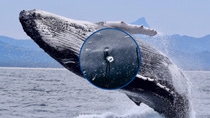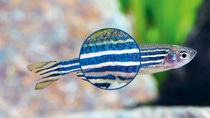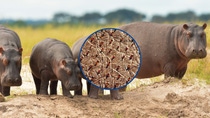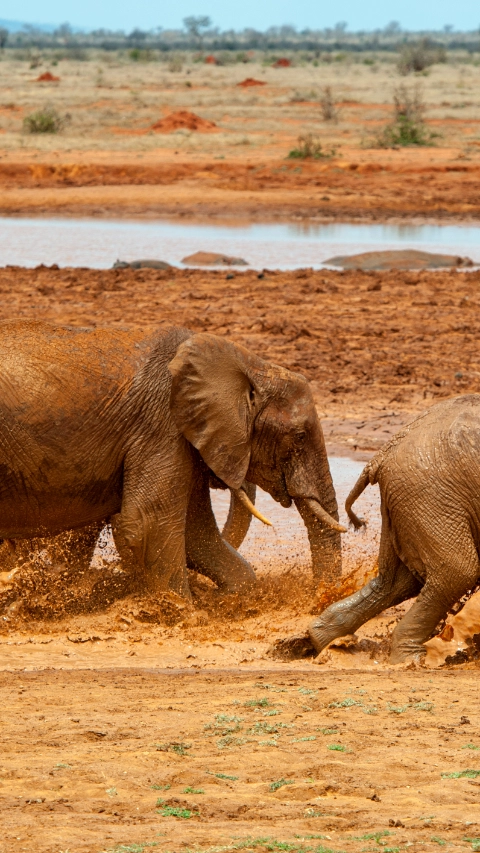Magazine
Natural protection
It’s not just humans that need to be careful in the sun. Animals do, too. Some protect themselves using sand or dust, while others have developed more surprising methods.


Whale of a time
Whales are susceptible to sun damage, and their defense is similar to our own. Researchers found that fin whales have high levels of melanin, the pigment that provides darker skinned people with protection from UV, while those with less melanin, like blue whales, are more prone to sun-related harm.

Muddying the waters
As well as regularly seeking shade, elephants coat themselves with mud. When the mud dries it becomes a thick and effective protective barrier against the sun’s rays.

Tip of your tongue
Giraffes also have melanin – in their tongues. The first part of the animal’s extremely long tongue is much darker – purple or almost black. This is thought to be a result of higher levels of melanin that offer sun protection as the giraffe sources food. The part that is less frequently exposed to the sun is much pinker in color.

Fishing for protection
Although water absorbs UV rays, this is not the case in the first few meters. Freshwater zebrafish – a type of minnow – are able to produce a chemical called gadusol, which serves to protect them from UV penetration. The compound is found in shrimp and sea urchins’ eggs. Reptiles, birds and amphibians are also thought to be able to produce it.

Don’t sweat it
Hippopotami secrete a thick, gelatinous reddish orange “sweat” that acts as a natural sunscreen. While the red pigment contains an antibiotic to prevent infections, the orange helps to absorb UV rays. The pigments maintain their color for several hours before they polymerize into brown solids.



